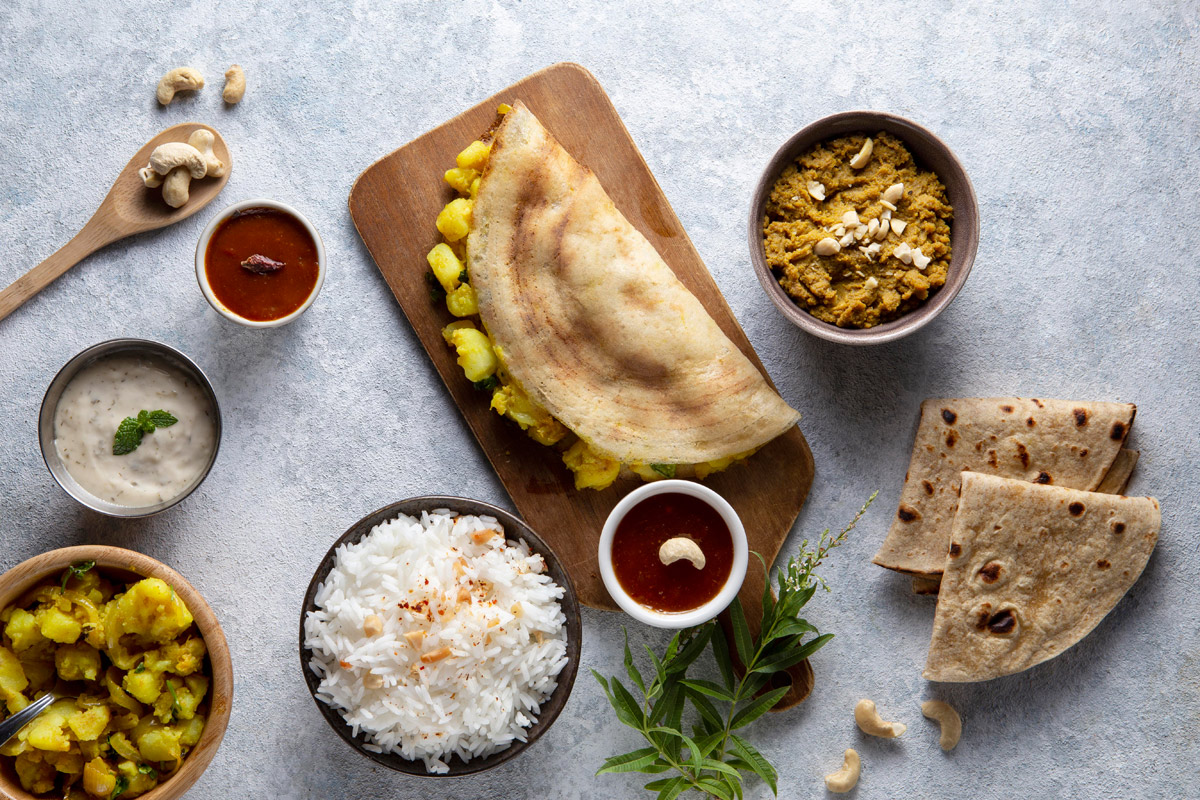Why your morning plate matters: 5 Indian breakfasts with a twist to start your day right
Breakfast sets the tone for your day, and with these five power-ups to your everyday breakfast menu, from millet parathas to moong dal cheela, we’re ensuring that it always packs a punch!
Let’s take a moment to focus on the most important meal of the day: breakfast. For many of us, the morning rush means reaching for something quick, which often translates to meals heavy on refined carbs and unhealthy fats. A nutritious head-start is simple! Consider all your classic Indian breakfastfavourites and adding a slight twist to up the nutrition quotient. By making a few simple changes, you can boost the fibre, increase protein and add healthy fats, ensuring you stay energised and full until lunch.
The paratha: Swap aloo for millet and lentils
Instead of plain wheat flour (atta), use a mix of whole wheat and a millet flour like ragi. For the filling, replace potato with mashed spiced lentils (dal) or crumbled paneer with vegetables.
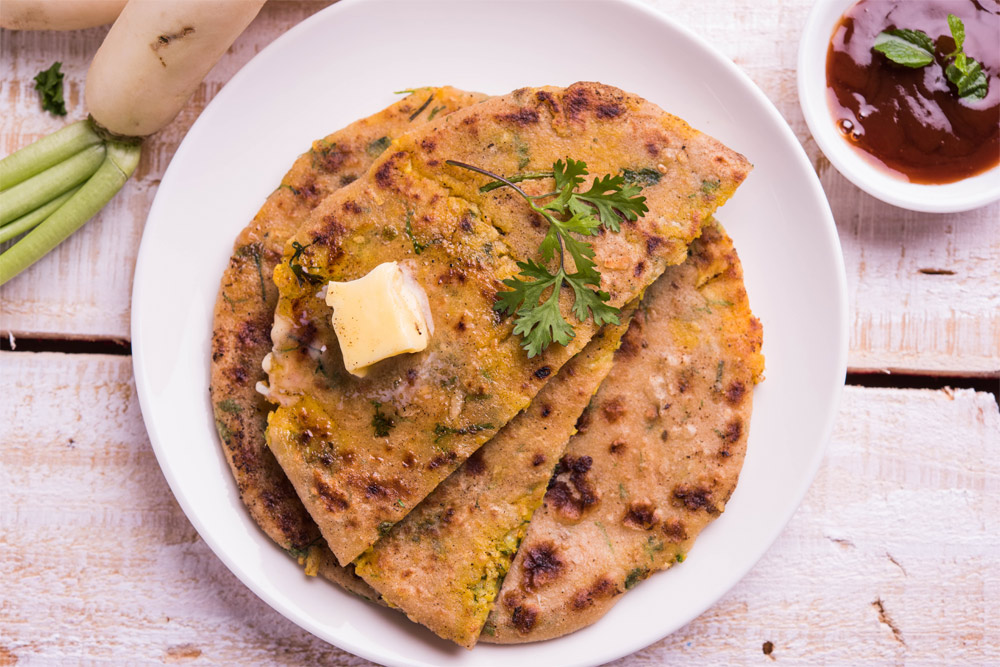
Why it works
Ragi is packed with fibre and has a lower glycemic index, providing sustained energy. A lentil or paneer filling dramatically increases the protein content.
Quick hack
Knead your dough with spinach purée instead of water. Cook the paratha using a touch of ghee.
Power-up your poha
While preparing your poha, add a handful of sprouted moongs. Once cooked, generously sprinkle a tablespoon of roasted flaxseeds or chia seeds on top.
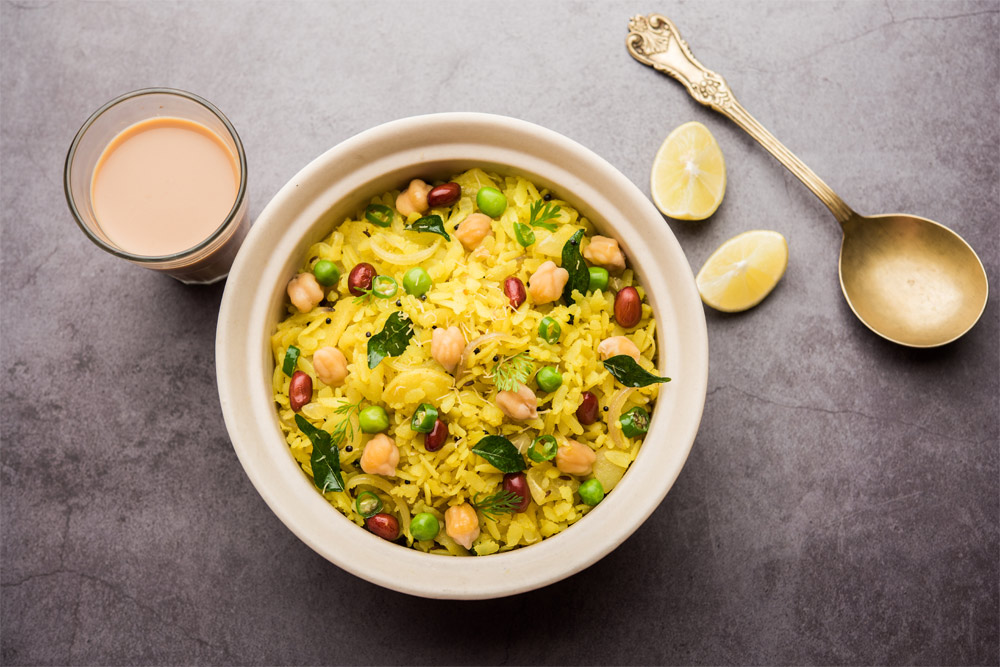
Why it works
Sprouts add protein and fibre, making the dish more filling. Flaxseeds and chia seeds are incredible sources of Omega-3 fatty acids, vital for brain function and reducing inflammation.
Quick hack
Keep a jar of pre-roasted, powdered flaxseeds on your dining table to sprinkle over poha, upma, or yogurt for an instant nutritional hit.
The upma upgrade
Replace the standard semolina (suji) with broken wheat (dalia) for a more robust and fibrous upma.
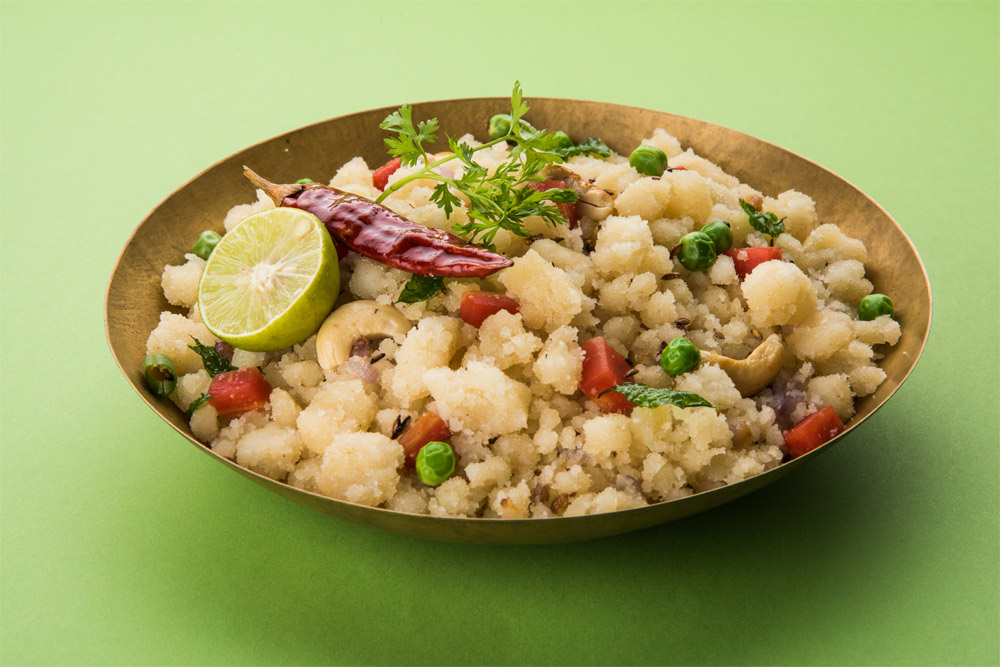
Why it works
Unlike refined suji, dalia is a whole grain that digests slowly, preventing energy crashes. Quinoa offers the rare advantage of being a complete plant-based protein. Both options are far more satiating and nutrient-dense.
Quick hack
Dry roast the dalia before cooking to enhance its nutty flavour. Double the quantity of vegetables like peas, carrots and beans to increase the dish's fibre content and nutritional value.
The dosa dial-up: Hello, Pesarattu!
Instead of a traditional white rice dosa, try the Pesarattu, the classic Andhra crepe made from whole green moong dal.
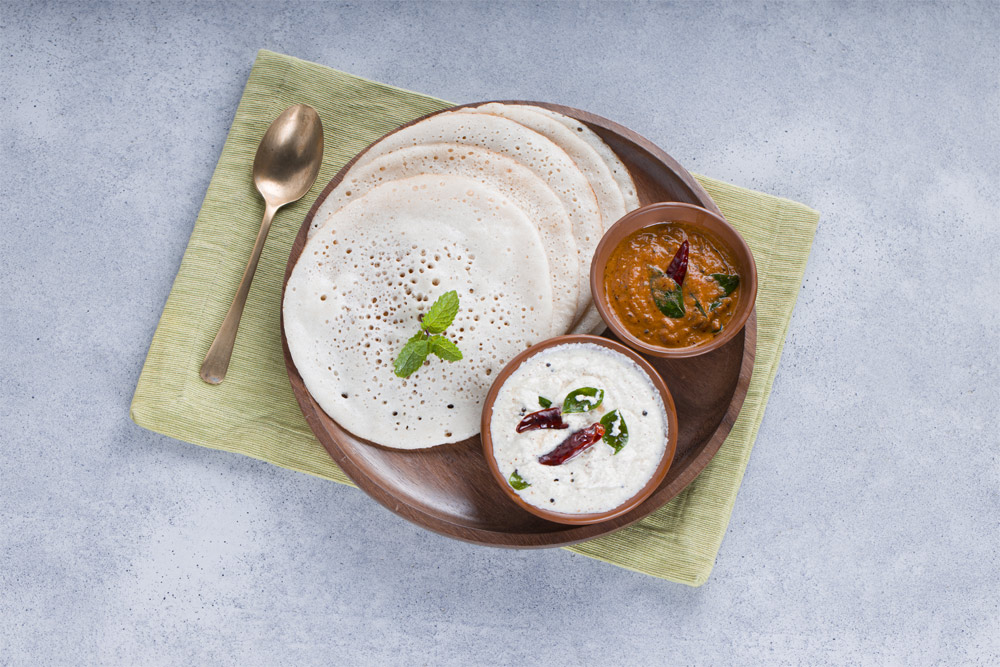
Why it works
This swaps a simple carbohydrate for a protein and fibre powerhouse. Moong dal is fantastic for sustained energy, gut health and muscle repair. It keeps you feeling full for hours, curbing mid-morning snack cravings.
Quick hack
Soak the moong dal overnight with a small piece of ginger and a green chilli. In the morning, grind it into a smooth batter, add salt and it’s ready to use, no fermentation required!
The cheela charge-up
Elevate the besan cheela by using a batter made from yellow moong dal (soaked and ground) blended with a handful of fresh spinach leaves.
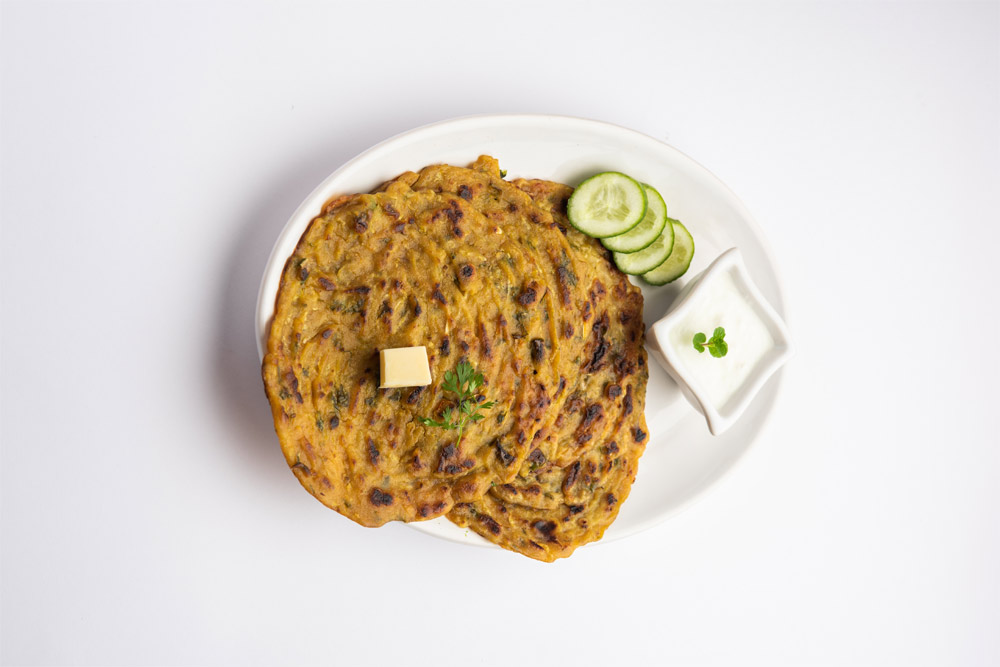
Why it works
Moong dal is lighter and often easier to digest than besan, while still being high in protein. Blending spinach directly into the batter is an effortless way to add iron, vitamins and a vibrant colour to your breakfast.
Quick hack
Make it a complete meal by adding a filling of crumbled, spiced paneer. This turns a simple pancake into a balanced, high-protein breakfast that will fuel your entire morning.
Which one of these swaps are you trying this morning? How do you usually power-up your meals? Let us know in the comments!

